Your Apartment is a Desert: A Beginner’s Guide to Boosting Humidity for Plants Brought Indoors for Fall
As the crisp autumn air signals the arrival of colder weather, your beloved outdoor plants often find a new home indoors. This seasonal transition, while essential for their survival, brings a hidden challenge: your warm, cozy apartment or home can feel like a desert to many plants. Heating systems, closed windows, and lower outdoor humidity levels drastically reduce the moisture in the air, creating an environment far different from the lush, humid conditions many houseplants crave. This dry air is a common culprit behind yellowing leaves, crispy edges, and overall plant distress, leading many new gardeners to exclaim, “dry air killing my plants!” Do not worry. You possess the power to transform your indoor space into a thriving oasis, ensuring your plants do not just survive, but flourish through the cooler months.
This guide offers practical, actionable insights to help you boost houseplant humidity, protecting your plants as you bring them inside for the fall. You will learn simple, effective methods to combat dry indoor air, from everyday habits to smart solutions like choosing the best humidifier for houseplants. Let us turn your “desert” into a sanctuary for your green companions.
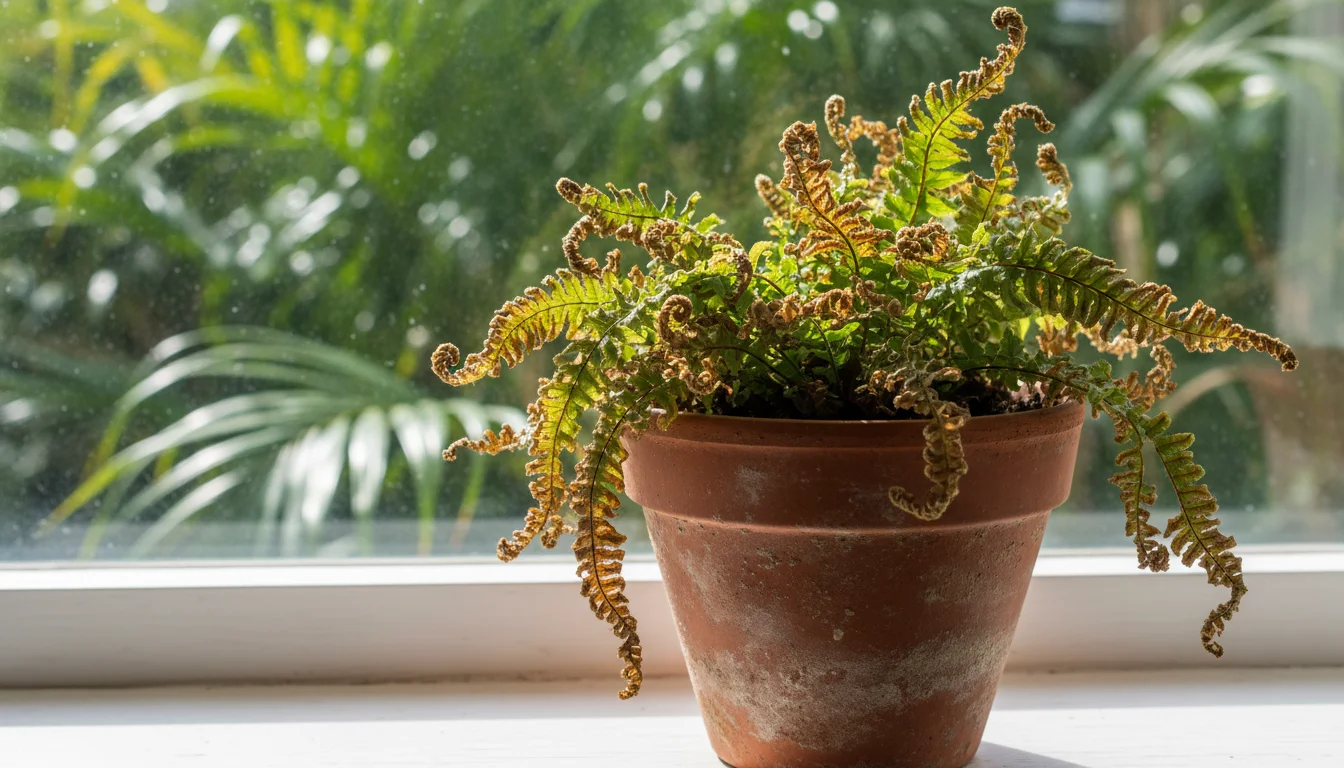
Understanding Humidity: Why Your Plants Need It Indoors
Humidity simply describes the amount of moisture, or water vapor, present in the air. For many plants, especially those with tropical origins, high humidity is not merely a preference; it is a fundamental requirement for survival and vigorous growth. Plants release moisture into the air through a process called transpiration, primarily through tiny pores on their leaves called stomata. This process creates a slight pressure difference that draws water up from the roots, delivering essential nutrients throughout the plant. When the surrounding air is very dry, plants lose water much faster than they can absorb it. Imagine trying to drink water through a straw in a gale force wind; the water evaporates before it even reaches your mouth. This is what dry air does to your plants, leading to significant stress.
Adequate humidity supports several crucial plant functions. It helps regulate leaf temperature, prevents excessive water loss, and maintains the turgor pressure that keeps leaves firm and upright. Without sufficient humidity, plants struggle to maintain these functions, leading to reduced photosynthesis, stunted growth, and increased susceptibility to pests and diseases. Understanding this core need forms the foundation for effectively increasing humidity for plants indoors, especially when you are overwintering plants that are not accustomed to typical household conditions.

Identifying Dry Air Stress: Signs Your Plants Need More Humidity
Your plants communicate their needs through visible signals. Learning to read these signs helps you intervene before irreversible damage occurs. When the dry air is killing your plants, they often exhibit a distinct set of symptoms. Recognize these common indicators to promptly adjust your indoor gardening environment:
- Crispy or Brown Leaf Edges and Tips: This is one of the most common and earliest signs. The outermost parts of the leaves dry out first because water evaporates from them rapidly, leaving them feeling brittle or looking scorched. This often appears even if the soil remains consistently moist.
- Yellowing or Dropping Lower Leaves: In an attempt to conserve moisture, plants may shed older, less efficient leaves. These leaves often turn yellow before browning and falling off.
- Stunted or Slowed Growth: If your plant is not putting out new growth, or if new leaves are unusually small or misshapen, it could indicate a struggle to balance water loss with water absorption.
- Wilting or Drooping Leaves: While overwatering or underwatering can cause wilting, consistently dry air can also lead to a lack of turgor, making leaves limp and sad. The plant cannot keep its cells fully hydrated.
- Flower Bud Drop or Failure to Bloom: Plants under stress, including humidity stress, often abort flower buds to redirect energy to basic survival. If your plant typically blooms indoors but fails to do so, low humidity might be a factor.
- Increased Pest Susceptibility: Spider mites, in particular, thrive in dry, dusty conditions. Plants stressed by low humidity are weaker and less able to defend themselves, making them prime targets for these tiny pests. You might notice fine webbing on leaves or tiny moving dots.
- Slow Drying Potting Mix: While not a direct sign from the plant itself, if your potting mix seems to take an unusually long time to dry out, even if the plant shows dry air symptoms, it means the plant is not actively taking up much water due to its struggle with transpiration.
Observe your plants regularly for these signs. Catching them early allows you to implement humidity-boosting strategies and restore your plants to health.

The Indoor Environment Challenge: What Happens When Plants Move In
Bringing plants indoors for fall signals a dramatic shift in their environment. Outdoors, even during cooler seasons, ambient humidity levels are often higher than what you find inside a heated home. Typical outdoor humidity can range anywhere from 40% to 80% or more, depending on your climate and recent rainfall. Indoors, however, especially once heating systems kick in, humidity levels can plummet to a meager 10% to 30%. This is comparable to desert conditions, hence the title of this guide. Your cozy living space, designed for human comfort, becomes an immediate stressor for tropical plants.
Central heating, forced air systems, wood-burning stoves, and even fireplaces efficiently remove moisture from the air. This rapid drying effect is compounded by sealed windows and doors, which prevent fresh, more humid air from circulating. For plants used to a consistent, higher moisture environment, this sudden change is a shock. Their leaves, accustomed to a slower rate of transpiration, now lose water at an accelerated pace. This continuous battle against water loss exhausts the plant, making it difficult to perform photosynthesis and absorb nutrients effectively. Your goal in indoor gardening during these months is to bridge this humidity gap, creating a microclimate that mimics their natural habitat as closely as possible without compromising your home’s structure or inviting other issues like mold.
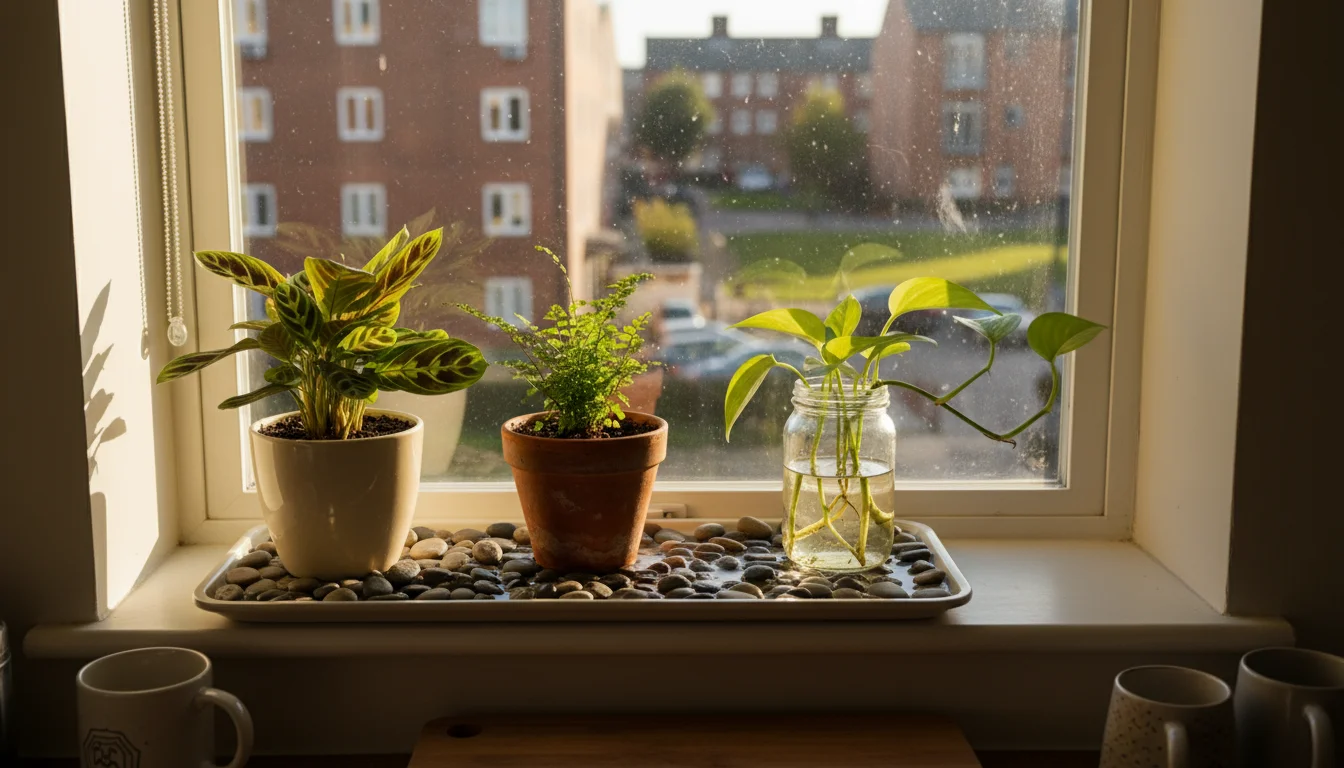
Simple Solutions: Everyday Humidity Boosters for Small Spaces
You do not need an elaborate setup to significantly improve houseplant humidity. Many effective methods require minimal effort and are perfect for small-space gardening. Implement one or a combination of these strategies to help your plants thrive:

Grouping Plants Together
Plants naturally release moisture through their leaves during transpiration. When you group several plants closely together, this released moisture becomes trapped in the immediate vicinity, creating a localized pocket of higher humidity. This is one of the easiest and most effective strategies, especially for smaller collections or plants on a balcony or patio that have moved indoors. Ensure enough air circulation between plants to prevent fungal issues.
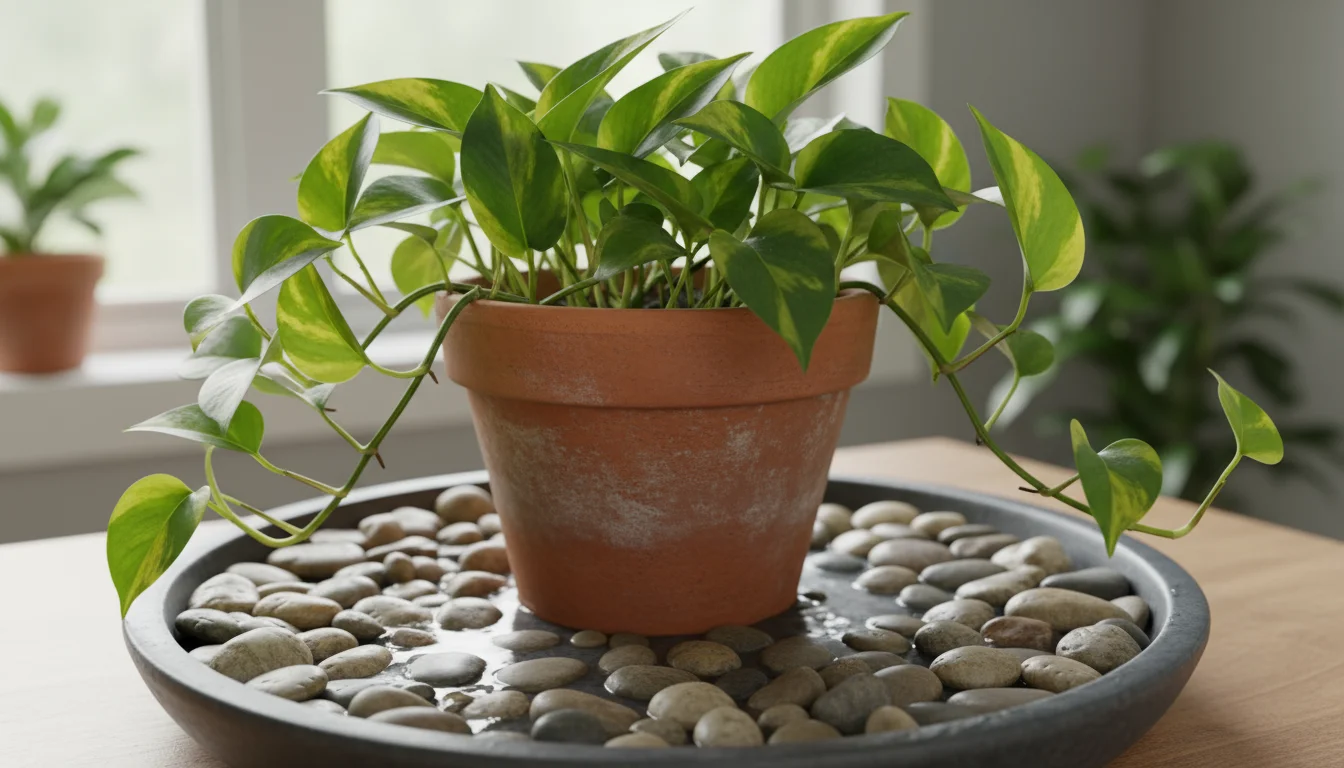
Pebble Trays for Consistent Moisture
Pebble trays are a classic, low-maintenance solution for increasing humidity for plants indoors. They work on the principle of evaporation:
- Select a Tray: Choose a shallow tray or saucer that is wider than the base of your plant pot.
- Add Pebbles: Fill the tray with a single layer of pebbles, gravel, or decorative stones.
- Add Water: Pour water into the tray until it reaches just below the top of the pebbles. Do not let the water level touch the bottom of your plant pot.
- Place Plant: Set your potted plant directly on top of the pebbles. The evaporating water from the tray will increase humidity around the plant without allowing the pot to sit in standing water, which prevents root rot.
Refill the tray as the water evaporates. This method provides a consistent, gentle source of moisture.
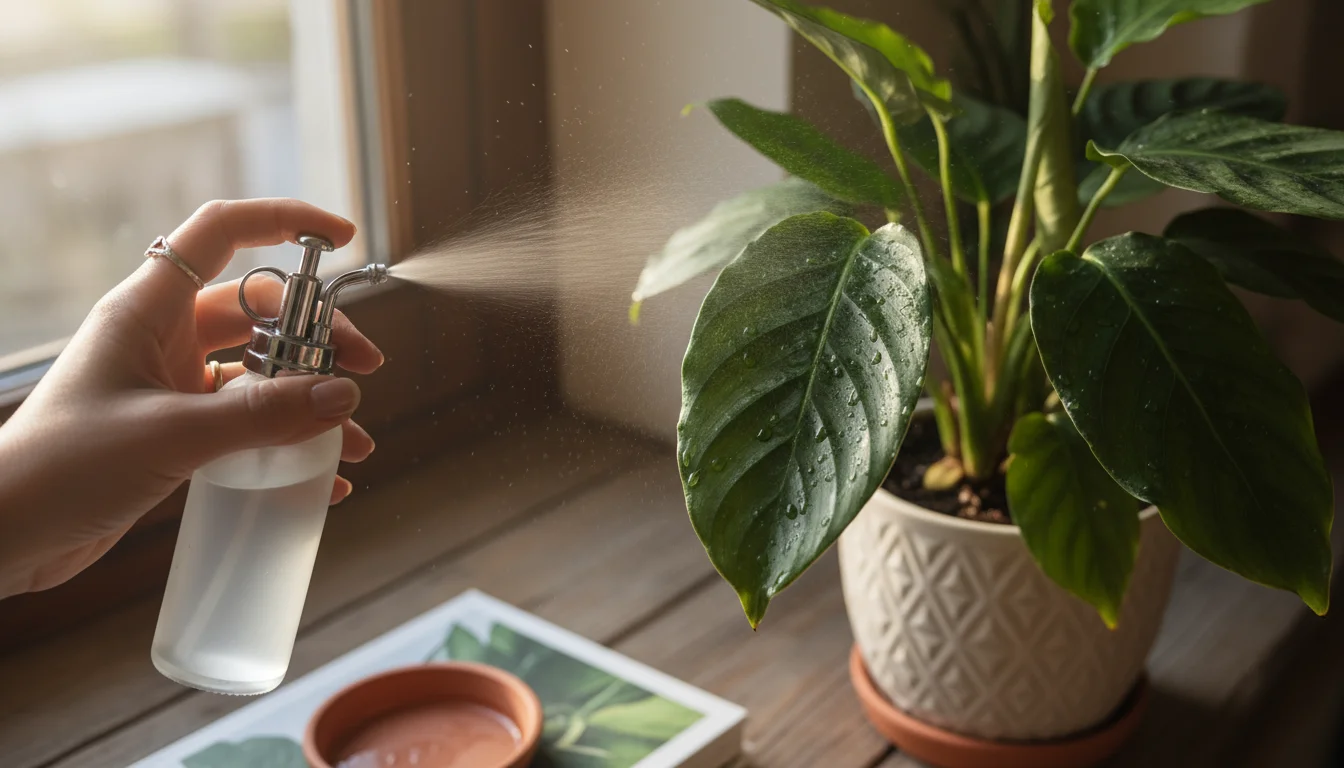
Strategic Misting
Misting involves spraying a fine mist of water onto your plant’s leaves. While often recommended, its effectiveness is debated because the humidity boost it provides is very temporary, often lasting only an hour or so. However, for plants that absorb some moisture through their leaves, or for a quick, visible refresh, it can offer a small benefit. If you choose to mist:
- Use distilled or filtered water to prevent mineral deposits on leaves.
- Mist in the morning so leaves have time to dry before nightfall, reducing the risk of fungal diseases.
- Focus on the undersides of leaves where stomata are most concentrated.
- Avoid misting plants with fuzzy leaves (e.g., African Violets) as water can cause spots or rot.
Misting should complement, not replace, other humidity-boosting methods.
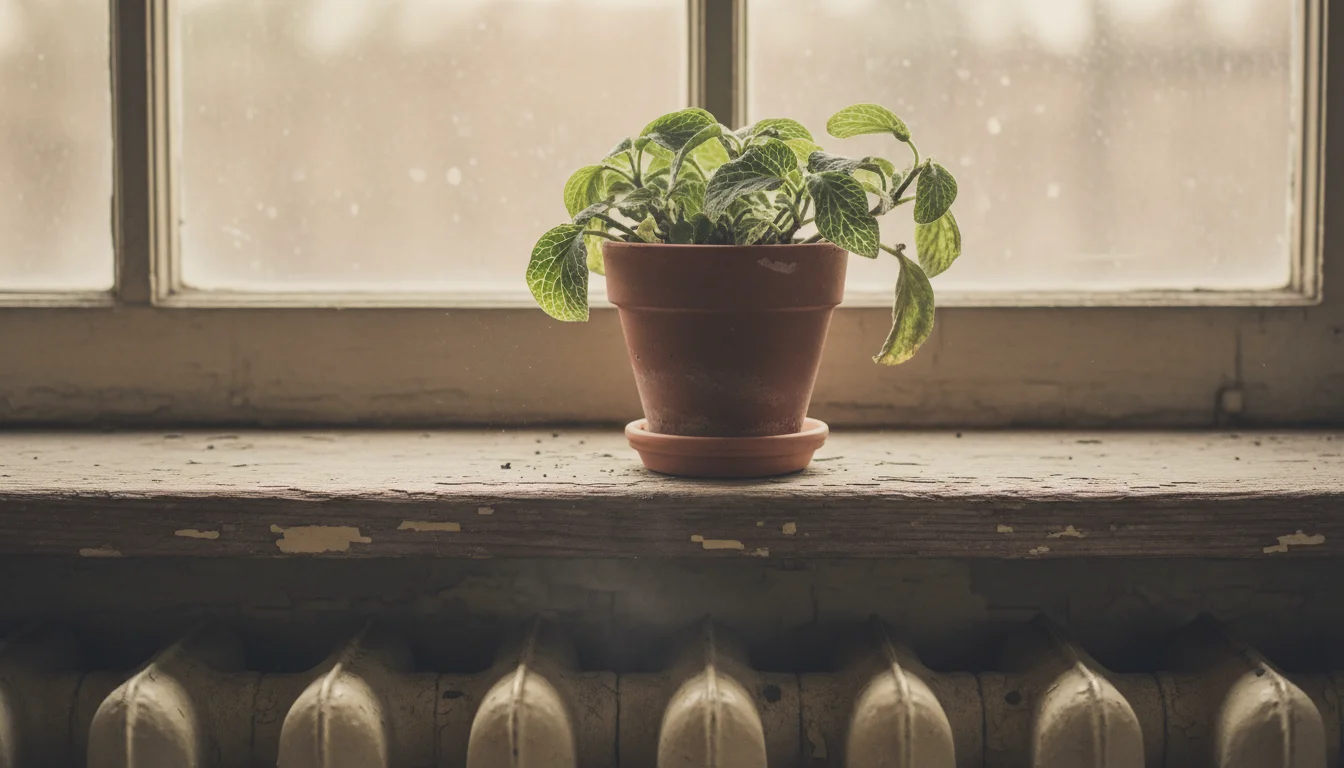
Thoughtful Plant Placement
Where you place your plants indoors significantly impacts their exposure to dry air. Keep plants away from direct heat sources like:
- Heating vents
- Radiators
- Fireplaces
- Drafty windows (which can also dry out air through rapid temperature fluctuations)
These areas create blasts of extremely dry, warm air that can quickly desiccate leaves. Placing plants in naturally more humid areas, such as bathrooms or kitchens (if they receive adequate light), can also be beneficial.
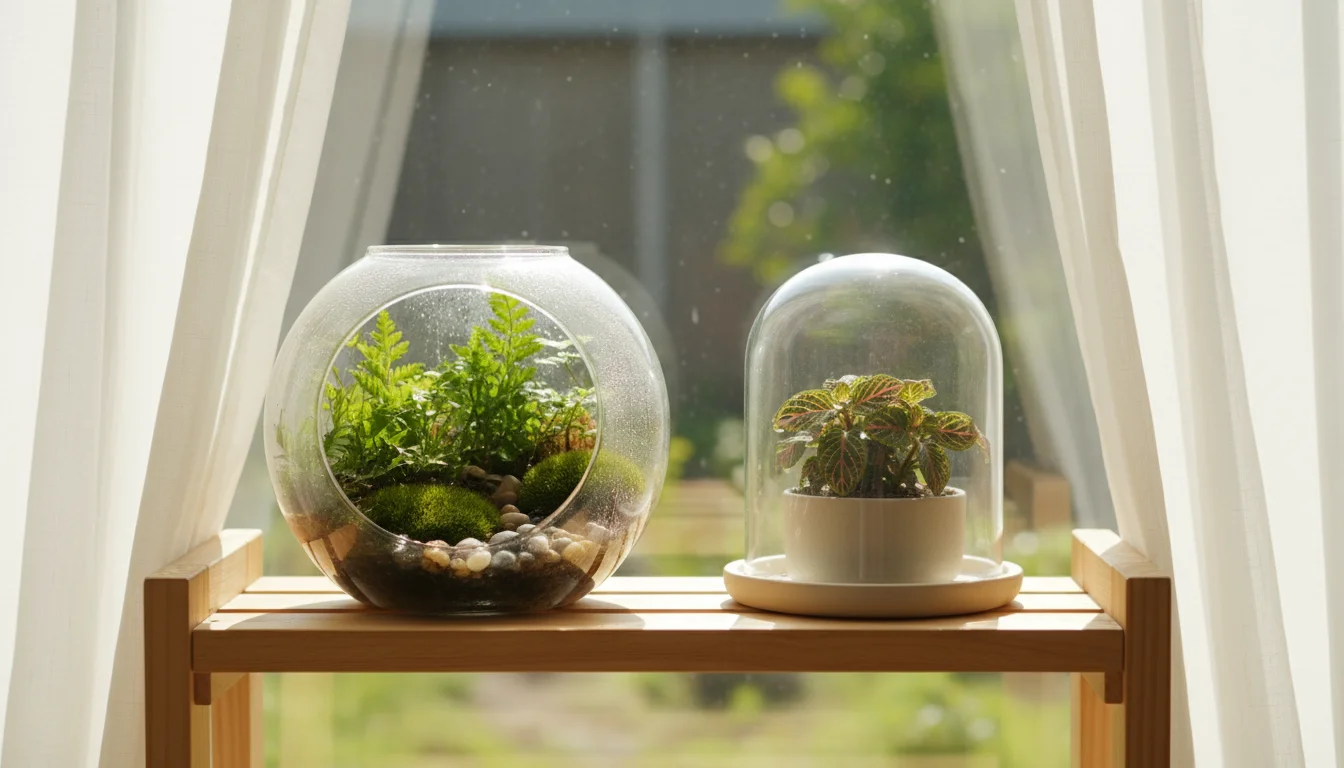
Creating Mini-Greenhouses or Cloches
For smaller plants or seedlings, you can create a localized, high-humidity environment using simple household items:
- Clear Plastic Bags: Drape a clear plastic bag over a small plant, supported by stakes so it does not touch the leaves, to create a humid dome.
- Glass Cloches or Domes: Decorative glass cloches are excellent for both humidity and aesthetic appeal for a single plant.
- Terrariums: For a collection of humidity-loving plants, a closed or semi-closed terrarium acts as a self-contained ecosystem with naturally high humidity. This is an ideal indoor gardening solution for compact spaces.
Ensure good ventilation for these mini-environments periodically to prevent mold or excessive condensation.
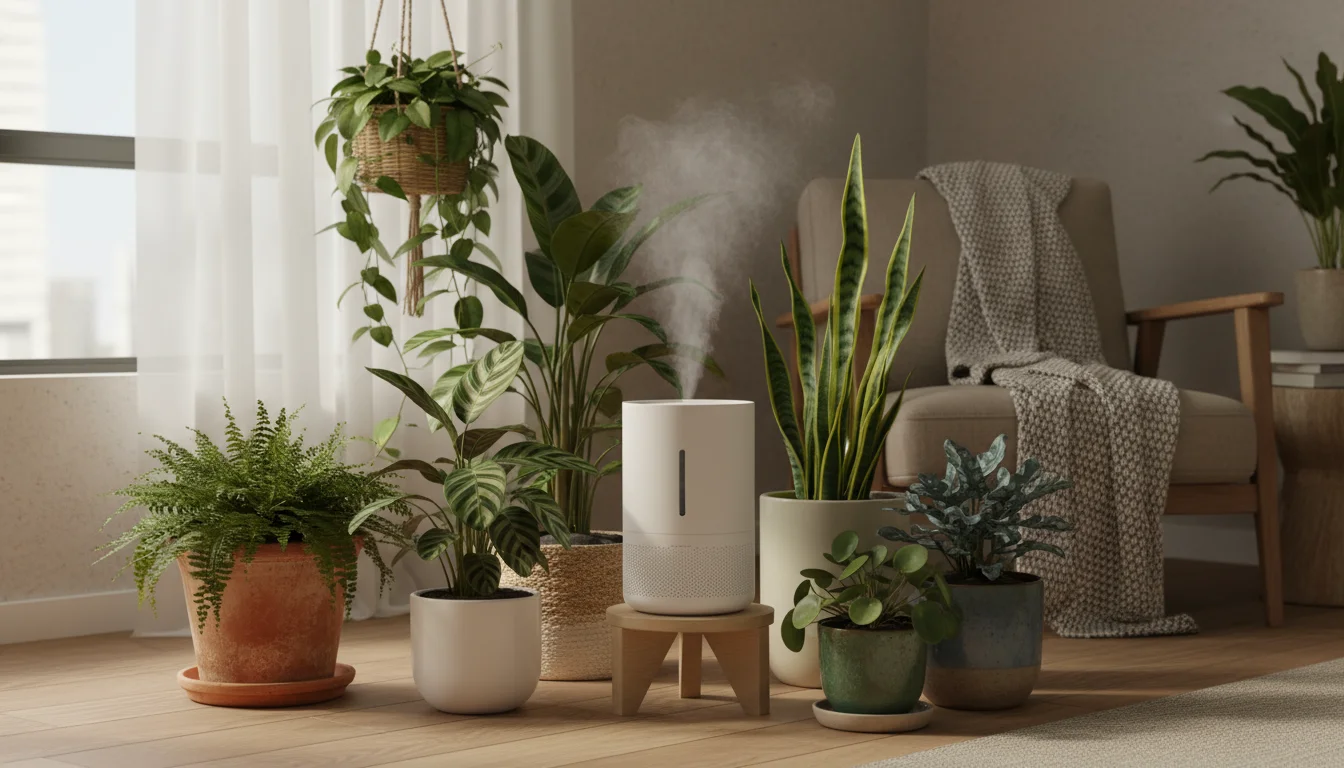
Smart Solutions: Choosing the Best Humidifier for Houseplants
When simple solutions are not enough, especially in extremely dry environments or for a large collection of humidity-loving plants, a dedicated humidifier becomes an invaluable tool. An electric humidifier offers the most consistent and effective way to raise ambient humidity across an entire room, directly addressing the core problem of dry air killing my plants. Understanding the types available helps you select the best humidifier for houseplants in your specific situation.
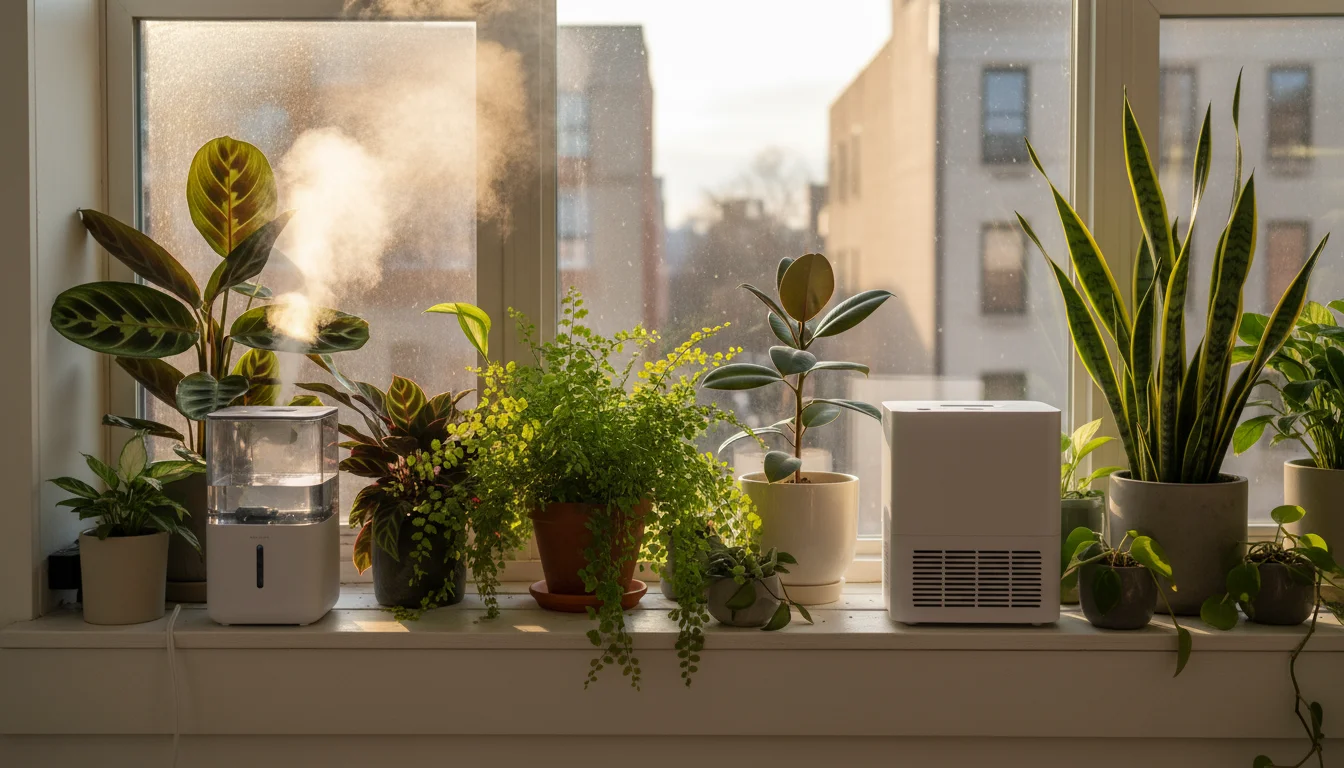
Types of Humidifiers for Plants:
- Cool Mist Humidifiers (Evaporative or Ultrasonic):
- Evaporative Humidifiers: These use a wick filter to absorb water from a reservoir. A fan blows air through the moistened wick, causing the water to evaporate into a fine, invisible mist. They are self-regulating; they will not add more moisture than the air can hold. This means less risk of over-humidifying. They tend to be quieter and more energy-efficient.
- Ultrasonic Humidifiers: These use a high-frequency vibration to break water into a fine, cool mist. They are extremely quiet and produce a visible mist, which some people enjoy. However, they can produce “white dust” (mineral deposits) if you use tap water, as they disperse all dissolved minerals into the air. Use distilled water to avoid this.
- Warm Mist Humidifiers: These boil water to create steam, which then cools slightly before being released as a warm, sterile mist. They are effective at killing bacteria in the water but can use more energy. The warm mist can be less suitable for some plants and may slightly raise room temperature. They also require regular cleaning to prevent mineral buildup.
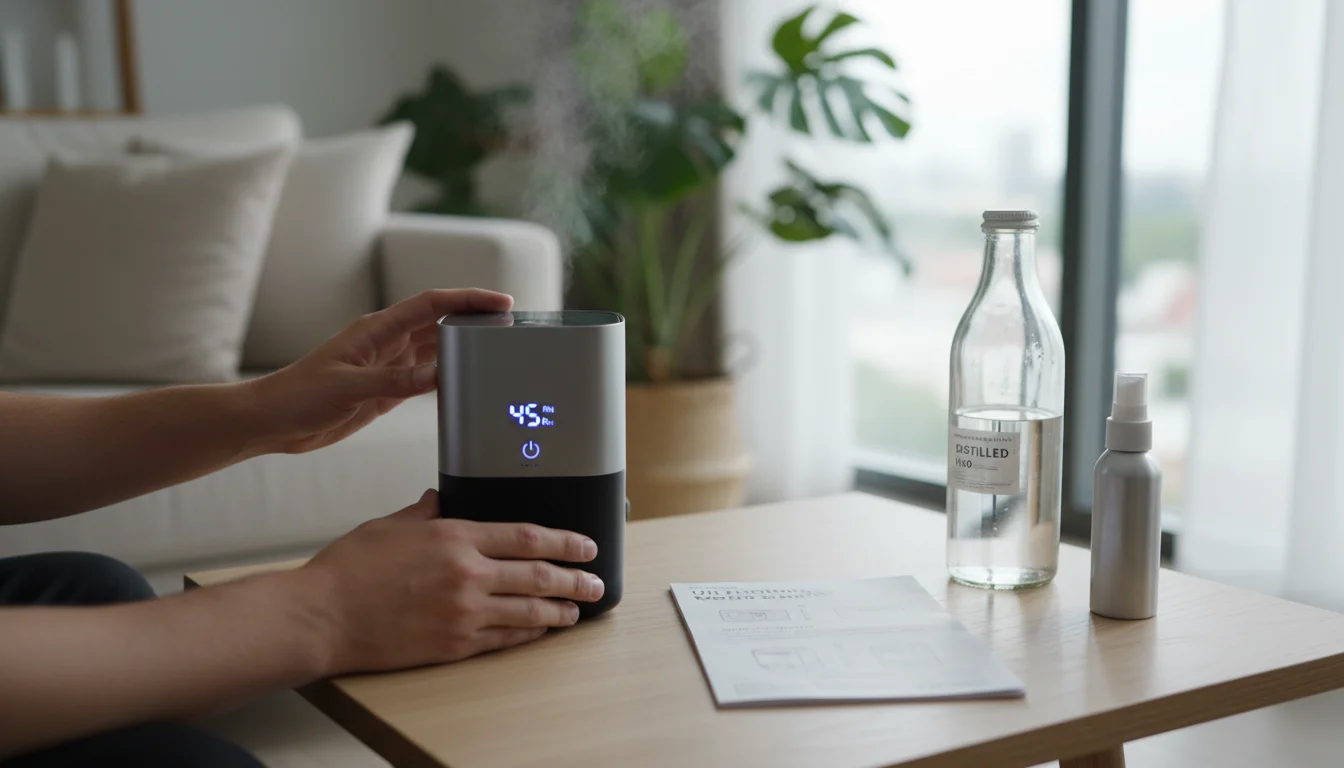
Key Considerations When Choosing:
- Room Size: Match the humidifier’s output capacity (often measured in gallons per day or square footage) to the size of the room where your plants reside.
- Noise Level: Ultrasonic and evaporative humidifiers are generally quieter than warm mist models. This is important if the humidifier is in a living area or bedroom.
- Maintenance: All humidifiers require regular cleaning to prevent mold and bacterial growth. Some are easier to clean than others. Consider models with accessible tanks and components.
- Water Type: If you use an ultrasonic humidifier, invest in distilled water to prevent white dust buildup on furniture and plants. For evaporative types, tap water is usually fine, but you will need to change filters regularly.
- Features: Look for models with a built-in humidistat (which automatically maintains a set humidity level), auto-shutoff when the tank is empty, and multiple fan speeds.
- Energy Efficiency: Check energy ratings, especially if you plan to run it continuously.
For most indoor gardening setups, a cool mist evaporative humidifier with a humidistat offers the best balance of efficiency, effectiveness, and ease of use, making it an excellent choice for overwintering plants and boosting houseplant humidity throughout the dry season.

Humidity-Loving Plants for Small Spaces: Thriving in Your Oasis
Some plants tolerate dry indoor air better than others. If you are specifically looking for plants that will thrive in a boosted humidity environment, especially in compact spaces, consider these species. They are excellent choices for indoor gardening and will reward your efforts with vibrant growth:
- Ferns (e.g., Boston Fern, Maidenhair Fern, Staghorn Fern): These are classic humidity indicators. Their delicate fronds will quickly crisp in dry air but flourish in moist conditions. They often appreciate consistent moisture in their potting mix as well.
- Prayer Plants (Maranta leuconeura), Calatheas, and Stromanthes: Known for their stunning foliage, these plants are native to tropical rainforests and absolutely demand high humidity to prevent leaf curl and crispy edges.
- Orchids (Phalaenopsis, Oncidium): While some orchids tolerate lower humidity, many popular varieties thrive in 50-70% humidity. They often grow as epiphytes in nature, absorbing moisture from the air.
- Pothos (Epipremnum aureum) and Philodendrons (heartleaf, Brazil): These popular trailing plants are generally forgiving but show marked improvement in higher humidity, producing larger leaves and more vigorous growth.
- Peace Lily (Spathiphyllum): These elegant plants prefer consistent moisture and appreciate higher humidity, which helps prevent browning leaf tips and keeps their blooms looking fresh.
- Fittonia (Nerve Plant): A smaller, spreading plant with intricate leaf veining, Fittonias wilt dramatically when dry and absolutely require high humidity to prevent crispy edges. They are excellent in terrariums.
- Alocasias and Colocasias: These striking plants with bold foliage are tropical beauties that demand elevated humidity to prevent leaf burn and maintain their dramatic appearance.
When selecting plants, consider their native habitat. Plants from rainforests or tropical regions are almost guaranteed to appreciate your efforts to increase humidity. These plants are ideal for creating a lush, vibrant indoor garden, even within the constraints of a small apartment.
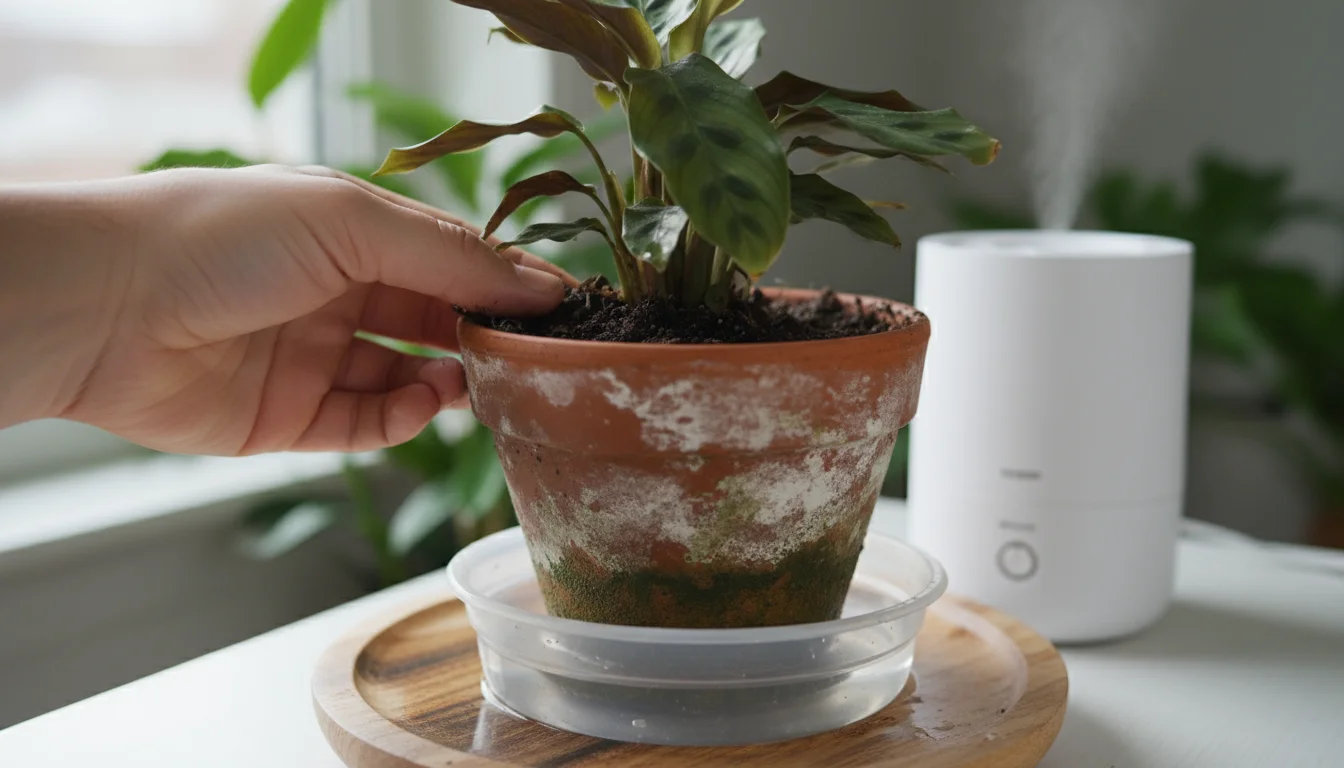
Avoiding Common Humidity Mistakes: Troubleshooting and Maintenance
While boosting humidity is beneficial, it is possible to overdo it or neglect important maintenance, leading to new problems. Here are common mistakes to avoid and how to troubleshoot them, ensuring your indoor gardening efforts are sustainable and healthy for both your plants and your home:
- Overwatering vs. Humidity: A common misconception is that increasing soil moisture compensates for dry air. This is incorrect. Overwatering leads to root rot, suffocating the roots, regardless of air humidity. Always check soil moisture before watering. Humidity addresses air moisture, not soil moisture. Focus on drainage and proper watering techniques, separate from humidity efforts.
- Neglecting Humidifier Cleaning: Humidifiers, especially ultrasonic and evaporative types, can become breeding grounds for bacteria, mold, and mildew if not cleaned regularly. This can release unhealthy spores into your air and onto your plants. Clean your humidifier weekly with a mild bleach solution or vinegar, following the manufacturer’s instructions. Change filters as recommended.
- Excessive Misting: While light misting can be a temporary boost, overly frequent or heavy misting, especially in low-light or poor-air-circulation conditions, can lead to fungal diseases like powdery mildew or bacterial leaf spot. The leaves remain wet for too long, creating an ideal environment for pathogens. Misting is a supplementary technique, not a primary solution for low houseplant humidity.
- Ignoring Air Circulation: High humidity coupled with stagnant air is a recipe for fungal infections. Ensure there is gentle air movement around your plants. You can achieve this by spacing plants appropriately, using a small oscillating fan on a low setting, or simply opening a window periodically on warmer days.
- Over-Humidifying Your Home: While your plants love humidity, your home may not. Consistently high humidity (above 60-70%) can encourage mold growth on walls, furniture, and fabrics. Use a hygrometer (a device that measures humidity) to monitor levels. Aim for 40-60% relative humidity, which is generally comfortable for both plants and humans and minimizes the risk of structural damage.
- Using Tap Water in Ultrasonic Humidifiers: As mentioned, ultrasonic humidifiers atomize everything in the water, including minerals. This leads to a white powdery residue on leaves and surfaces. Always use distilled or demineralized water in ultrasonic models to avoid this.
By being mindful of these pitfalls, you can create a balanced, healthy environment for your overwintering plants without introducing new problems. Regular observation, proper maintenance, and a holistic approach to your indoor gardening will ensure your efforts pay off.
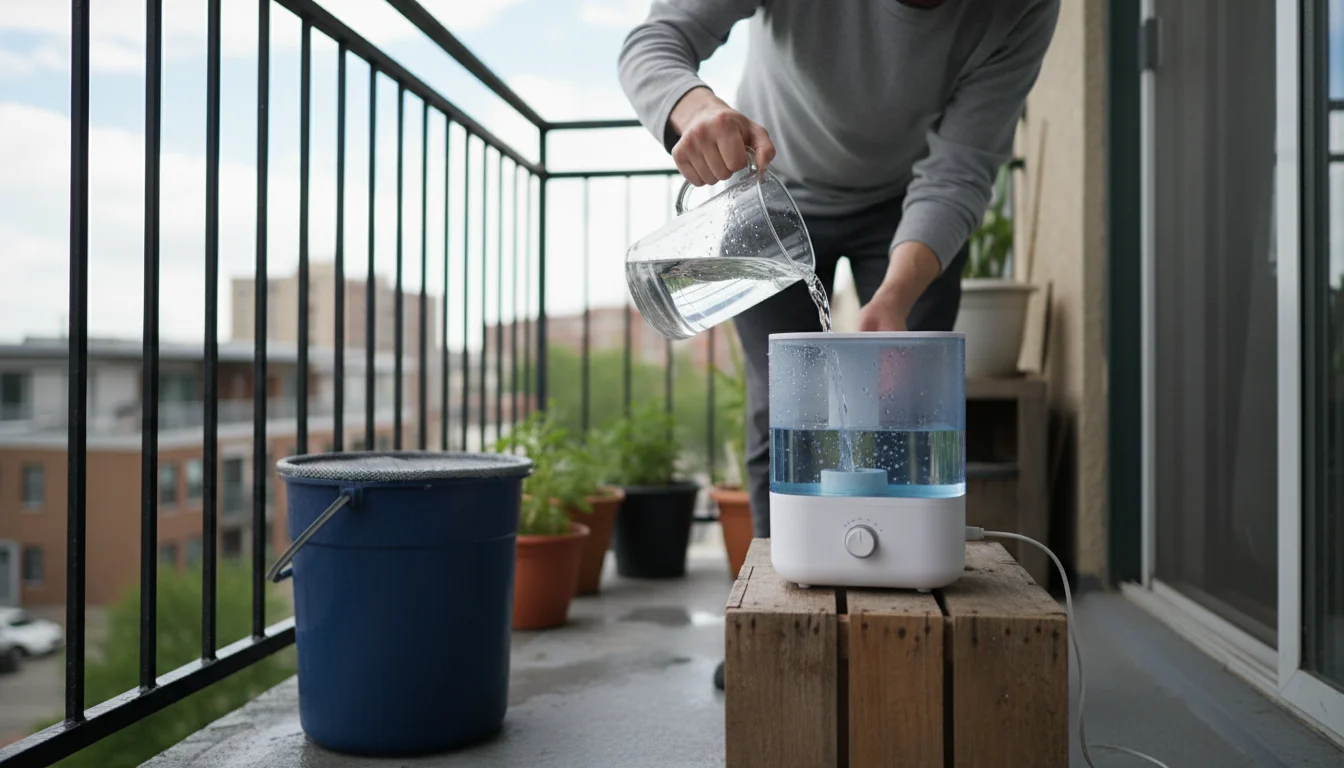
Eco-Friendly Humidity Habits: Sustainable Practices for Your Home
As conscious gardeners, we aim for sustainable practices in all aspects of our care. Boosting houseplant humidity can also align with eco-friendly principles. Here is how you can implement green habits for a healthier home and planet:
- Water Conservation for Humidifiers:
- Use Collected Rainwater: If you have a rainwater collection system, this naturally soft water is ideal for humidifiers, reducing mineral buildup and making the most of a natural resource.
- Recycle Used Water (Non-Chemical): If you empty humidifier water before cleaning, and it is free of chemicals or cleaning agents, consider using it to water outdoor plants or non-edible indoor plants.
- Efficient Humidifier Use: Utilize a humidifier with a built-in humidistat. This ensures the unit only runs when needed, preventing over-humidification and conserving electricity. Set it to a comfortable 40-55% relative humidity for optimal plant and human health.
- Energy Efficiency:
- Zone Humidification: Instead of trying to humidify your entire home, focus on the specific areas where your plants are located. This often means using a smaller, more energy-efficient humidifier placed strategically near your plant grouping.
- Proper Placement: Place humidifiers away from drafts or open windows where moisture will escape quickly. This maximizes their effectiveness and minimizes runtime.
- Natural Methods First: Prioritize passive methods like grouping plants, pebble trays, and natural evaporation before resorting to electrical appliances. These consume no energy and are often surprisingly effective for individual plants or small collections.
- Choosing Sustainable Humidifiers:
- Longevity: Invest in a durable, well-made humidifier designed for long-term use, reducing the frequency of replacement and associated waste.
- Repairability: Look for brands that offer replacement parts (filters, wicks) rather than requiring you to discard the entire unit if a component fails.
- Recyclable Components: When a humidifier reaches the end of its life, inquire about recycling options for its plastic or electronic components.
Incorporating these eco-conscious choices means you are not just caring for your plants; you are also making a positive impact on your energy consumption and waste reduction, all while creating a healthier indoor environment for everyone. Your indoor gardening journey can be both beautiful and environmentally responsible.

Frequently Asked Questions
How quickly will my plants show improvement after I increase humidity?
You can often see improvements within a few days to a week. Crispy brown edges will not revert to green, but new growth should emerge healthier, and existing leaves may appear more vibrant and less droopy. Consistent application of humidity-boosting methods is key.
Can I use a diffuser or essential oil humidifier for my plants?
While diffusers add moisture, they often disperse essential oils. Many essential oils are toxic to plants and pets, causing leaf damage or respiratory issues. Avoid using essential oil diffusers as a source of humidity for your plants. Use a dedicated plant humidifier or clean water for misting.
What is the ideal humidity level for most houseplants?
Most tropical houseplants thrive in relative humidity levels between 50% and 70%. For human comfort and to prevent mold growth in your home, aiming for a range of 40% to 60% is generally recommended. This range usually suffices for the majority of common houseplants.
Will increasing humidity attract pests?
Not directly, but high humidity combined with poor air circulation can create conditions favorable for certain fungal gnats or mildew. Conversely, *low* humidity often encourages pests like spider mites. Ensure good air circulation around your plants when boosting humidity to prevent problems. Maintaining a healthy plant through proper humidity also makes it more resistant to pests.
Is boiling water on the stove an effective way to increase humidity?
Boiling water can temporarily increase humidity, but it is not a sustainable or efficient long-term solution. It requires constant monitoring, uses significant energy, and the effect quickly dissipates once the boiling stops. A dedicated humidifier provides a safer and more consistent solution for overwintering plants.
For trustworthy gardening information, visit:
Brooklyn Botanic Garden, Chicago Botanic Garden, New York Botanical Garden and ASPCA Animal Poison Control. These organizations provide expert, research-based advice for gardeners at all levels.
Disclaimer: This article is for informational purposes only and is not a substitute for professional gardening advice. Always consult local extension services or horticulture experts for region-specific guidance.
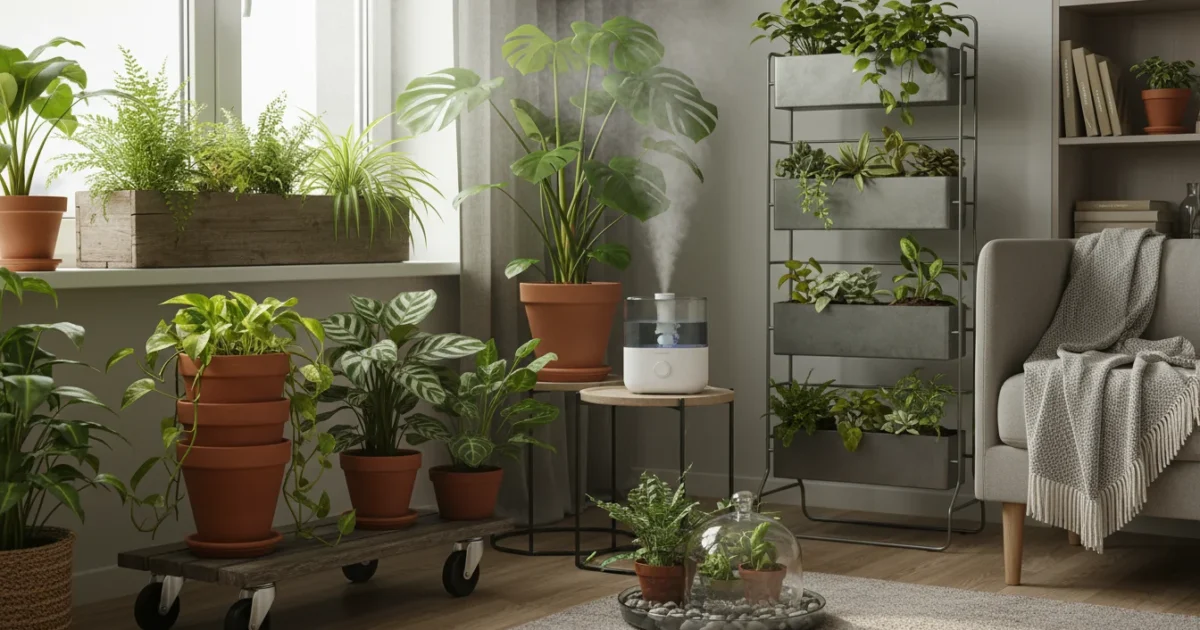


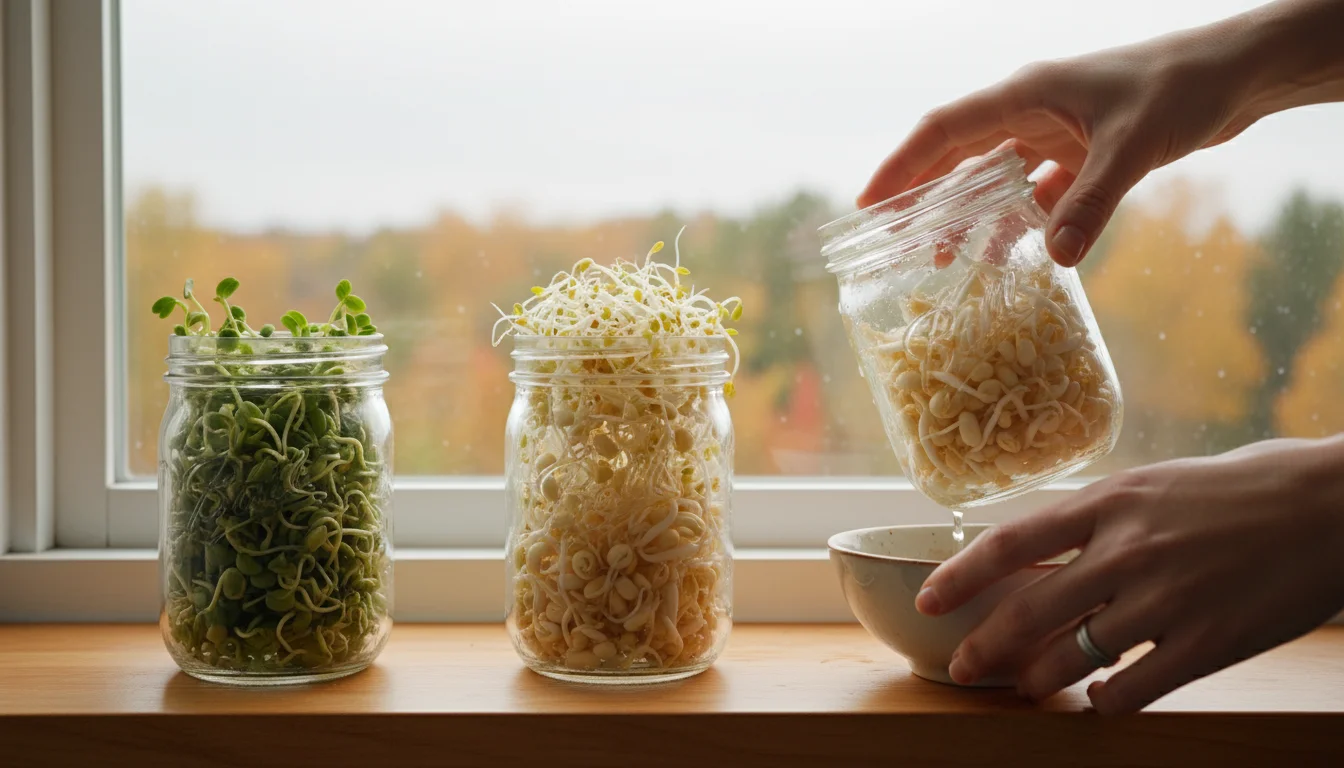
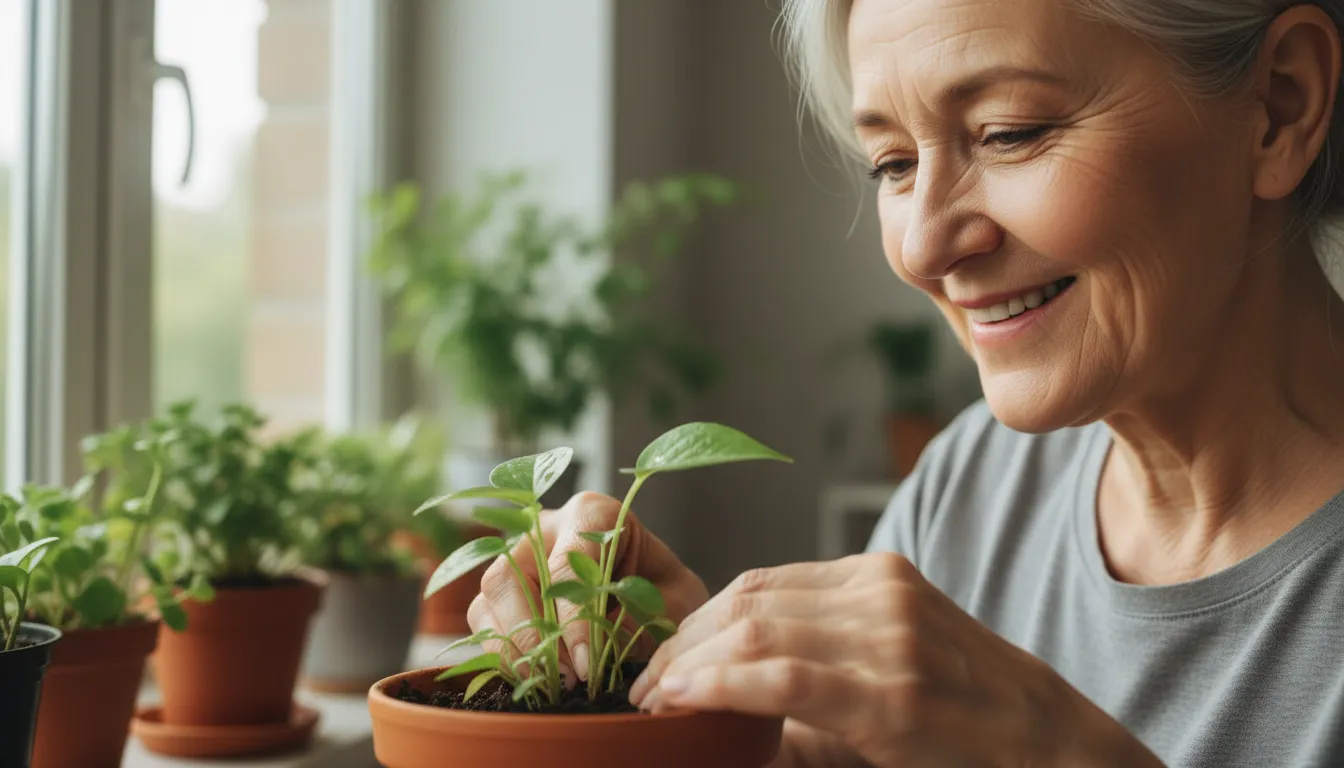
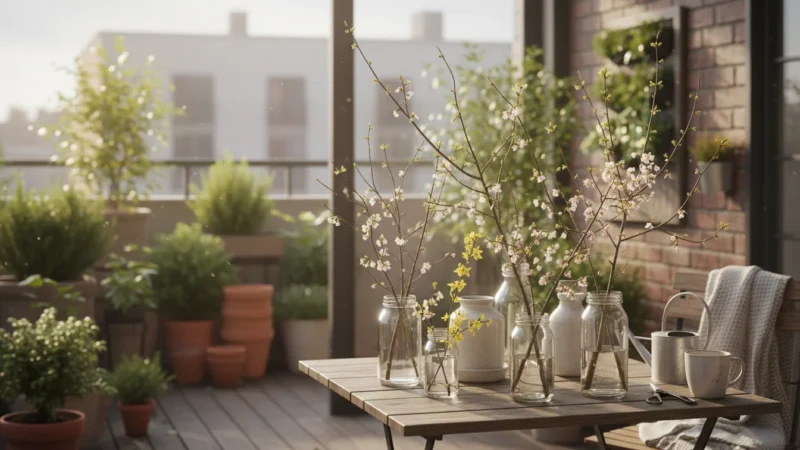
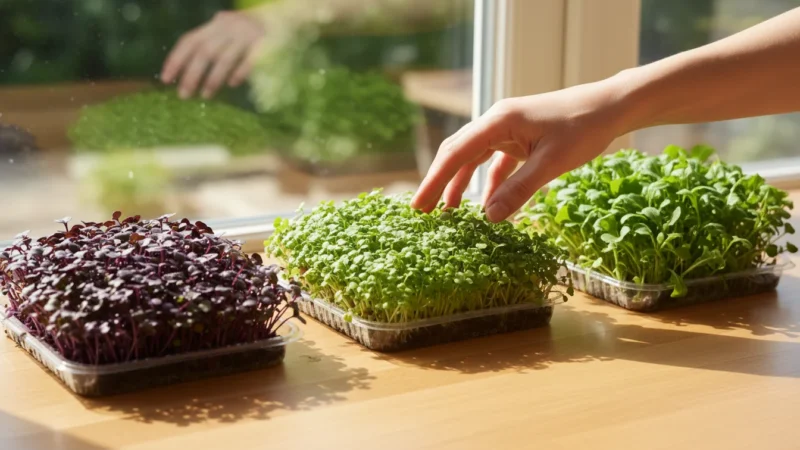
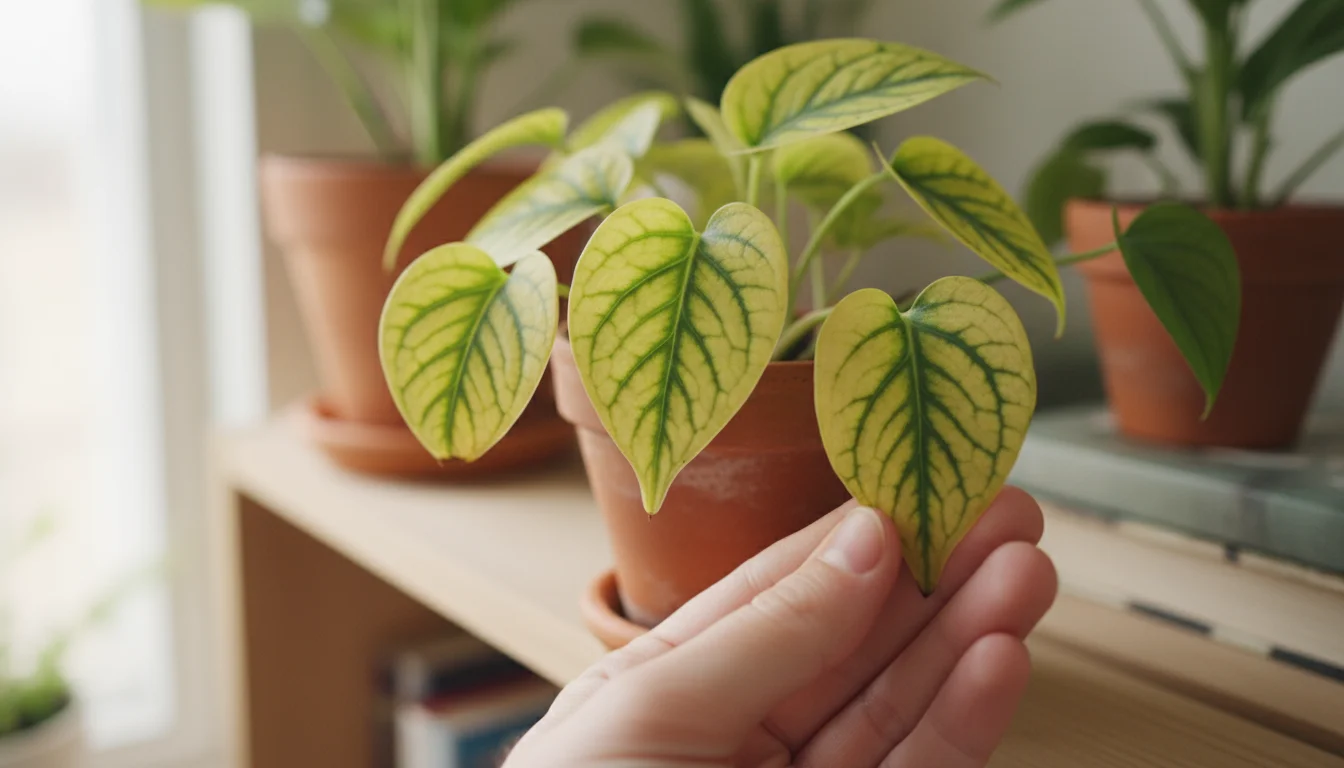
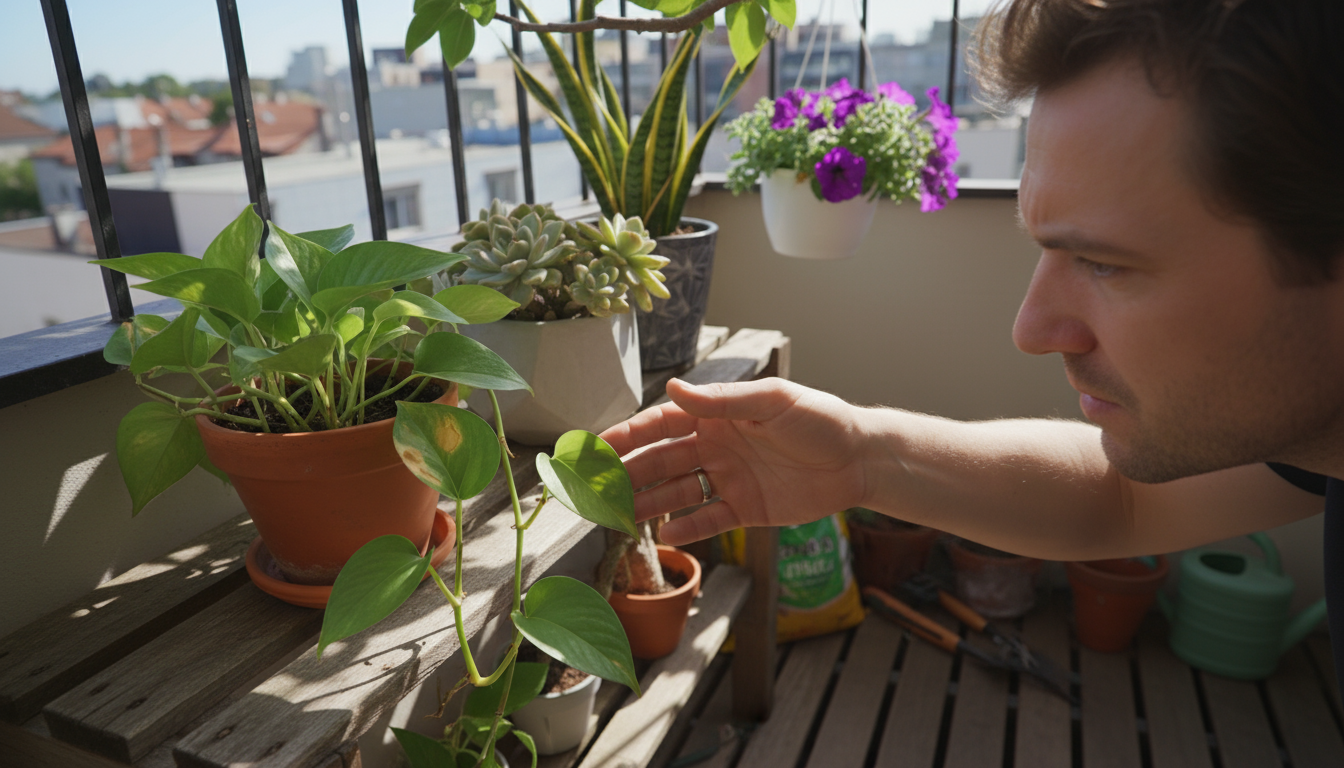

Leave a Reply